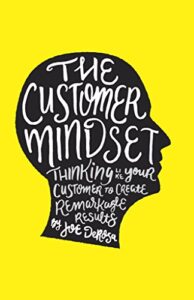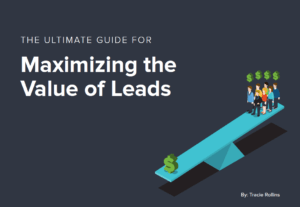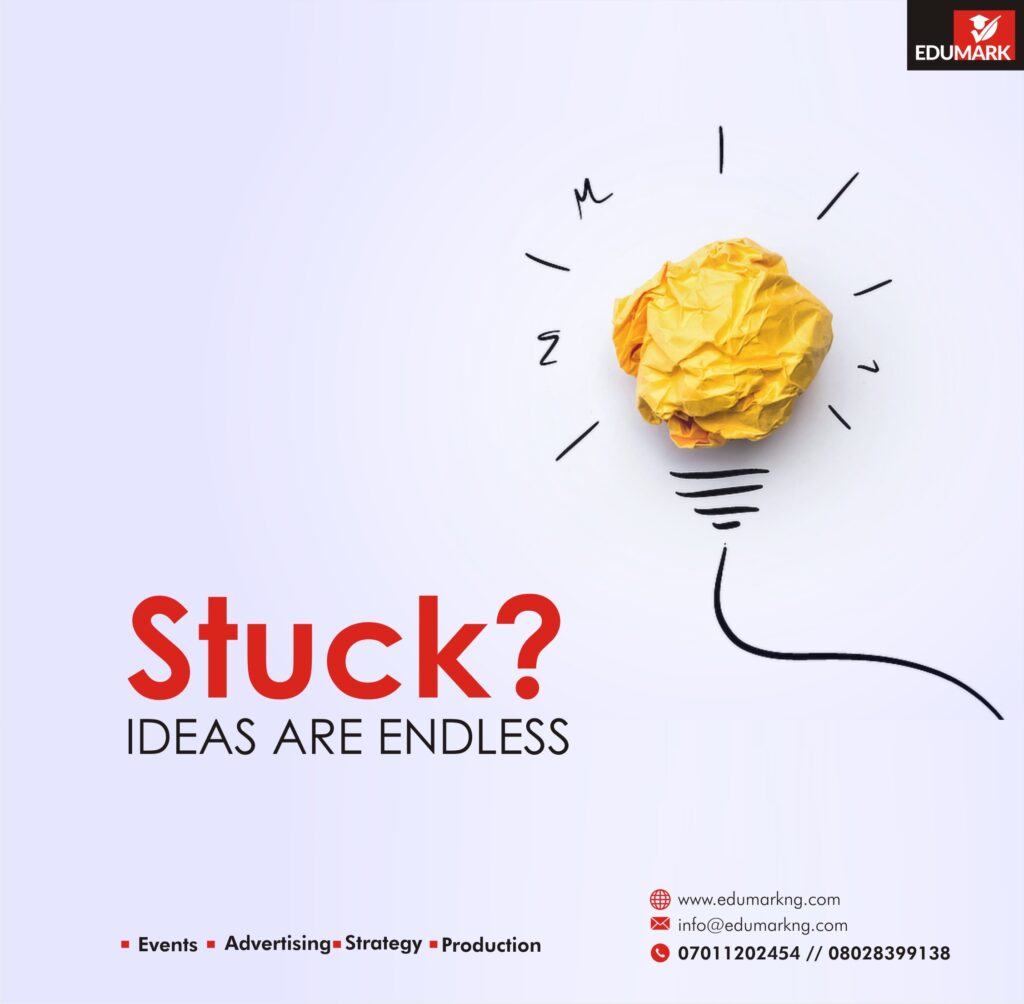 Marketing your business has evolved over time. Apart from the traditional methods of marketing, one way to get a proper marketing strategy is by getting into the mind of the consumer. Let us do a little exercise to help do this.
Marketing your business has evolved over time. Apart from the traditional methods of marketing, one way to get a proper marketing strategy is by getting into the mind of the consumer. Let us do a little exercise to help do this.
Everyone is familiar with role-playing games. Let’s do a little role play now: You are the customer and you want to purchase an item or service from your franchise. Be completely honest, will you be willing to sanction the purchase? There are a few parameters you can use to evaluate this. Ask yourself the following questions:
Secure Your Space At Africa’s Biggest Education Tradeshow & Conference
 How easily did I find the product?
How easily did I find the product?- How does the product compare with other competitors in the market?
- Is there any benefit from further patronage?
- How good is the customer service?
- Does the product keep up with recent technological trends?
The idea of this exercise is to make you understand exactly what the thought process of the consumers is. This will give you a basis to work with a better strategy.
Reverse-Engineer Your Findings To Your Benefit
After going through the process of getting into the consumer’s mindset, you most likely would find areas where improvements or adjustments can be made. You would find that you would be able to understand your customers better. This will help you to be able to tailor your correspondence to them in the future.
Showcase Your Products & Services at TOSSE 2020
If you can see yourself on the same level as your customers you can better drive customer loyalty and develop the trust that is so important these days and it humanizes your company and enhances your marketing capability. In the end, you will be able to anticipate your customer’s needs because you are thinking just like them. It will put you in the best spot to market with confidence. How likely are you to buy from yourself?






 Getting The Leads
Getting The Leads





